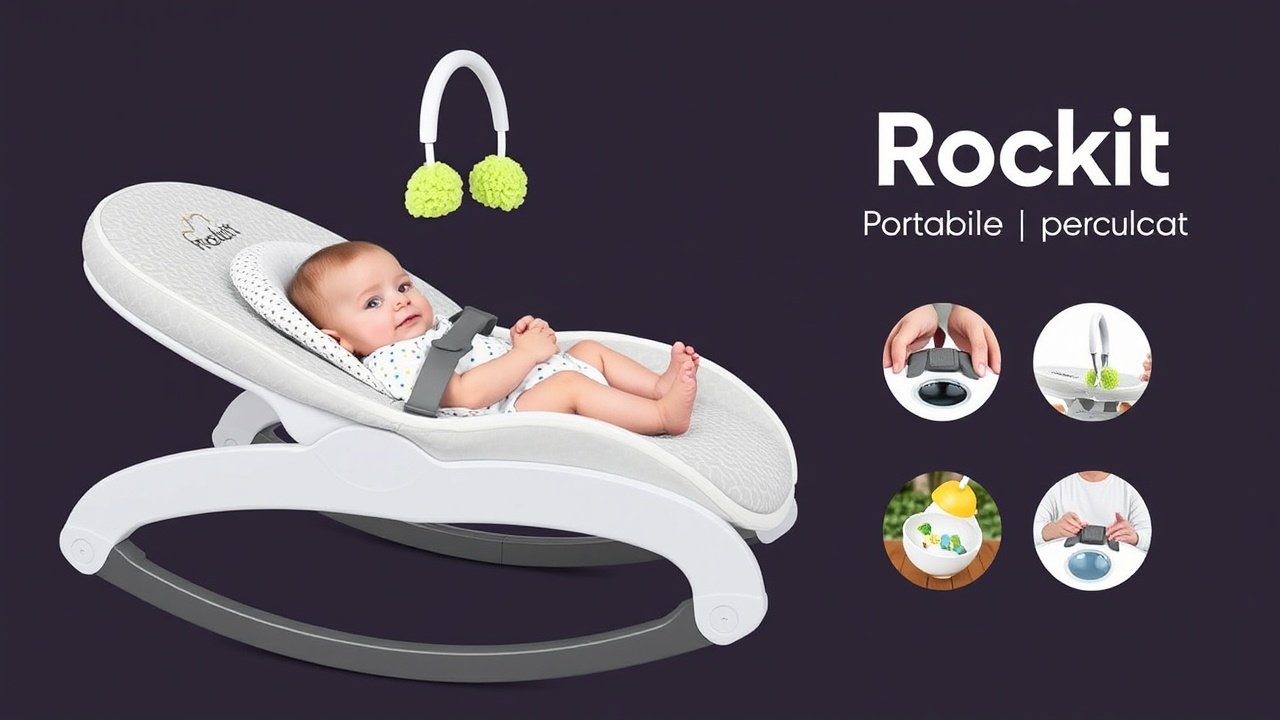The kitchen can be a dangerous place for young children, with numerous potential hazards that could cause harm if not properly addressed. From sharp objects to hot surfaces, it’s important to identify these potential dangers and take steps to childproof the kitchen to keep your little ones safe. One of the first things to consider is the layout of your kitchen. Are there any sharp corners or edges that a child could bump into? Are there any low cabinets or drawers that contain hazardous materials? Take a walk around your kitchen and try to see it from your child’s perspective to identify any potential hazards that need to be addressed.
Another potential hazard in the kitchen is the presence of small objects that could be choking hazards for young children. This includes items like small magnets, coins, or even small food items that could easily be swallowed. It’s important to keep these items out of reach of children and to regularly inspect the kitchen for any potential choking hazards. By identifying these potential hazards, you can take the necessary steps to childproof your kitchen and create a safer environment for your little ones.
Key Takeaways
- Keep cleaning supplies, sharp objects, and small kitchen appliances out of reach of children to prevent accidents and injuries.
- Install safety latches on cabinets and drawers to prevent children from accessing potentially dangerous items.
- Use stove knob covers and appliance locks to prevent children from turning on or opening kitchen appliances.
- Store sharp objects and hazardous materials in locked cabinets or high shelves to prevent children from reaching them.
- Teach children about kitchen safety and supervise them closely while they are in the kitchen to prevent accidents.
Childproofing Cabinets and Drawers
Once you have identified the potential hazards in your kitchen, it’s time to take steps to childproof cabinets and drawers to prevent accidents. One of the first things you can do is install safety latches on cabinets and drawers to prevent young children from accessing potentially dangerous items. There are a variety of safety latches available on the market, including ones that require a two-step process to open, making it more difficult for young children to figure out how to bypass them.
In addition to installing safety latches, it’s also important to store hazardous materials in high cabinets that are out of reach of children. This includes items like cleaning supplies, sharp objects, and small appliances that could pose a danger to young children. By keeping these items out of reach, you can reduce the risk of accidents occurring in the kitchen. It’s also a good idea to regularly inspect cabinets and drawers for any potential hazards and to make sure that safety latches are still functioning properly.
Safety Measures for Kitchen Appliances
Kitchen appliances can pose a significant risk to young children if not properly secured and childproofed. One of the first things you can do is install stove knob covers to prevent young children from accidentally turning on the stove. These covers can be easily installed and removed by adults, but are designed to be difficult for young children to manipulate. It’s also important to keep appliance cords out of reach of children, as they could pose a strangulation hazard if pulled on.
In addition to securing stove knobs and appliance cords, it’s important to take steps to secure other kitchen appliances that could pose a danger to young children. This includes items like blenders, food processors, and toaster ovens, which should be stored out of reach of children when not in use. It’s also important to regularly inspect appliances for any potential hazards, such as frayed cords or loose parts, and to address these issues promptly to prevent accidents from occurring.
Securing Sharp Objects and Hazardous Materials
| Childproofing Your Kitchen: Safety Tips |
|---|
| 1. Keep cleaning products and chemicals out of reach of children |
| 2. Use safety latches on cabinets and drawers |
| 3. Install stove knob covers to prevent accidental burns |
| 4. Keep small appliances unplugged and out of reach |
| 5. Use corner and edge guards on countertops and tables |
Sharp objects and hazardous materials are some of the most significant dangers in the kitchen for young children. It’s important to take steps to secure these items and keep them out of reach of children to prevent accidents from occurring. One of the first things you can do is install safety locks on drawers that contain sharp objects like knives or scissors. These locks are designed to prevent young children from accessing these items, reducing the risk of accidents occurring.
In addition to securing sharp objects, it’s also important to store hazardous materials like cleaning supplies in high cabinets that are out of reach of children. This includes items like bleach, ammonia, and other toxic substances that could pose a danger if ingested or spilled. By keeping these items out of reach, you can reduce the risk of accidents occurring in the kitchen and create a safer environment for your little ones.
Creating a Safe Cooking Environment
Cooking can pose a significant risk to young children if not properly supervised and managed. It’s important to take steps to create a safe cooking environment in the kitchen to prevent accidents from occurring. One of the first things you can do is install stove guards to prevent young children from reaching up and touching hot surfaces while you are cooking. These guards are designed to create a barrier between the child and the hot surface, reducing the risk of burns or other injuries.
In addition to installing stove guards, it’s also important to keep pot handles turned inward while cooking to prevent young children from reaching up and grabbing them. It’s also important to use back burners whenever possible and to keep hot foods and liquids away from the edge of the counter to reduce the risk of spills and burns. By creating a safe cooking environment, you can reduce the risk of accidents occurring in the kitchen and create a safer space for your little ones.
Childproofing the Kitchen Floor
The kitchen floor can pose a significant risk to young children if not properly maintained and childproofed. It’s important to take steps to childproof the kitchen floor to prevent slips, trips, and falls from occurring. One of the first things you can do is install non-slip mats in front of the sink and stove to reduce the risk of slipping on wet surfaces. These mats are designed to provide traction and stability, reducing the risk of accidents occurring.
In addition to installing non-slip mats, it’s also important to keep the kitchen floor clear of any potential tripping hazards, such as loose rugs or cords. It’s also important to regularly inspect the floor for any potential hazards, such as spills or debris, and to address these issues promptly to prevent accidents from occurring. By childproofing the kitchen floor, you can create a safer environment for your little ones and reduce the risk of slips, trips, and falls occurring.
Supervision and Education: Teaching Kids About Kitchen Safety
One of the most important aspects of keeping your little ones safe in the kitchen is providing proper supervision and education about kitchen safety. It’s important to always supervise young children in the kitchen and teach them about potential hazards and how to stay safe. This includes teaching them about sharp objects, hot surfaces, and hazardous materials, as well as how to properly handle these items.
In addition to providing supervision, it’s also important to educate your children about kitchen safety and how to properly navigate the space. This includes teaching them about proper handwashing techniques, how to safely use kitchen appliances, and how to stay out of harm’s way while you are cooking. By providing proper supervision and education about kitchen safety, you can empower your children with the knowledge and skills they need to stay safe in the kitchen.
In conclusion, keeping your little ones safe in the kitchen requires identifying potential hazards, taking steps to childproof the space, and providing proper supervision and education about kitchen safety. By following these essential childproofing tips for the kitchen, you can create a safer environment for your little ones and reduce the risk of accidents occurring. From securing cabinets and drawers to creating a safe cooking environment, there are numerous steps you can take to keep your little ones safe in the kitchen. By being proactive and taking steps to childproof the space, you can create a safer environment for your little ones and provide them with the knowledge and skills they need to stay safe in the kitchen.
FAQs
What are the common hazards in the kitchen for young children?
Young children are at risk of burns from hot surfaces, liquids, and appliances in the kitchen. They can also be injured by sharp objects such as knives and broken glass, as well as by ingesting harmful substances like cleaning products or small objects.
What are some essential childproofing tips for the kitchen?
– Install safety latches on cabinets and drawers to keep children from accessing sharp objects, cleaning products, and other hazardous items. – Use stove knob covers to prevent children from turning on the burners. – Keep small appliances and cords out of reach to prevent children from pulling them down. – Use stove guards to prevent children from reaching hot pots and pans. – Store sharp objects such as knives in a locked drawer or high cabinet. – Keep the trash can out of reach or use a childproof lid to prevent children from accessing it.
How can parents prevent burns and scalds in the kitchen?
Parents can prevent burns and scalds by using stove knob covers, keeping hot pots and pans out of reach, using oven locks, and using a stove guard to create a barrier between children and the stove.
What should parents do to prevent poisoning in the kitchen?
To prevent poisoning, parents should store cleaning products and other toxic substances in locked cabinets or high out of reach places. They should also be mindful of where they store food and ensure that it is not within reach of young children.
What are some other safety measures parents can take in the kitchen?
Parents can also install safety gates to keep children out of the kitchen when they are not able to supervise them, and use corner guards on countertops to prevent injuries from sharp edges. It’s also important to teach children about kitchen safety and set clear rules about what they can and cannot do in the kitchen.




























